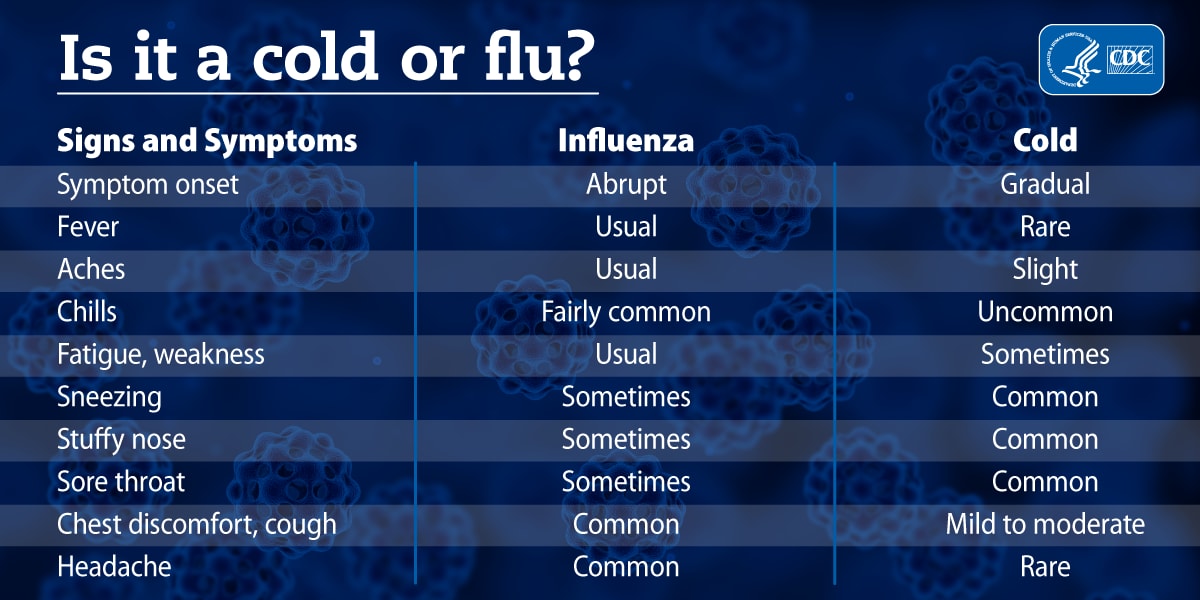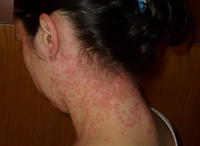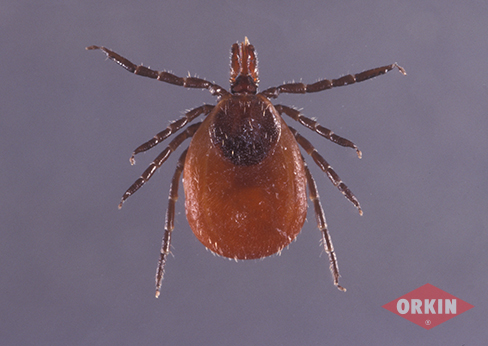Winter Weather is HERE!!
Together, we can keep the children at YES safe and warm this winter!
Signs of Hypothermia include:
- shivering, exhaustion
- confusion, fumbling hands
- memory loss, slurred speech drowsiness
- shivering, exhaustion
- confusion, fumbling hands
Treatment, seek medical attention if temperature is below 95 degrees.
- Get out of the cold.
- Remove all wet clothing.
- Warm the person up - center of the body first (chest abdomen and head) followed by limbs
- Warm drinks can be helpful increase body temperature.
- After body temperature has increased, keep the person dry and wrapped in a warm blanket, including the head and neck.
- Get medical attention as soon as possible.
FROSTBITE
Frostbite is an injury caused by exposure to extremely cold temperatures and mostly affects the cheeks, chin, nose, fingers, and toes.
Signs of frostbite include:
- a white or grayish-yellow skin area
- skin that feels unusually firm or waxy
- numbness
At the first sign of redness or pain in skin, get out of cold, or apply protective clothing
If symptoms of frostbite are present, seek medical attention right away!!
Prevent Hypothermia and Frostbite
"An ounce of prevention is worth a pound of cure." -Benjamin Franklin
- Stay inside when temperatures are extremely cold
- Wear a weather resistant jacket
- Wear a hat and scarf
- Wear mittens
- Wear waterproof boots
- If playing in the snow, wear snow pants
All information recommended by the Centers for Diseases Control and Prevention and more information can be obtained on their website at CDC website on extreme weather



























